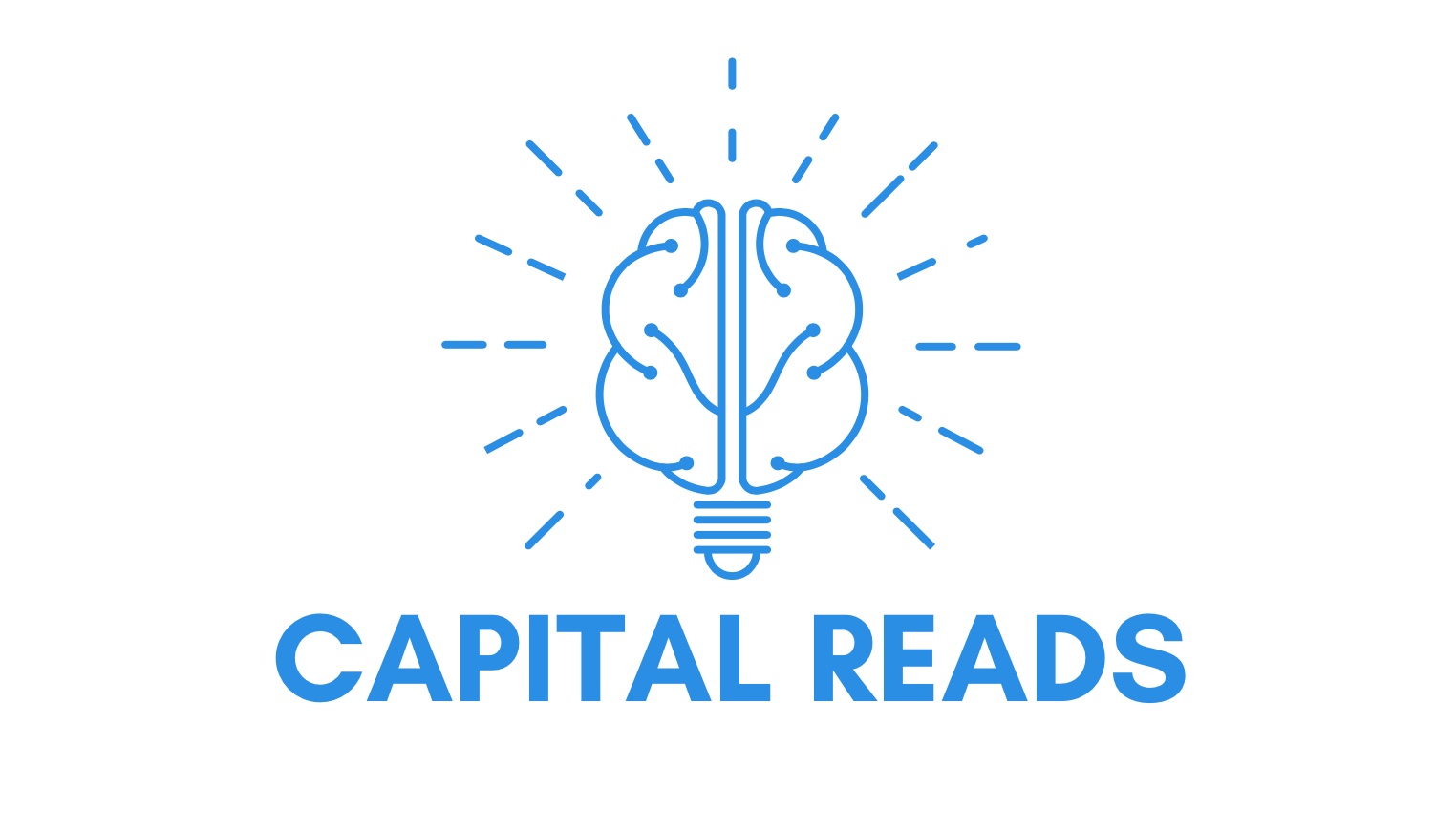Why Smart People Make Big Money Mistakes
Hightlight
-
 Ethics
Ethics
-
 Leadership
Leadership
-
 Personal Development
Personal Development
-
 Psychology
Psychology
Why Smart People Make Big Money Mistakes and How to Correct Them
Authors
Gary Belsky and Thomas Gilovich
Published Date
1999 (with updated editions)
Page Count
Approximately 288 (in recent editions)
Overview
“Why Smart People Make Big Money Mistakes and How to Correct Them: Lessons from the Life-Changing Science of Behavioral Economics” by Gary Belsky and Thomas Gilovich offers an engaging exploration of how cognitive biases and emotional responses can lead to poor financial decisions. This book delves into the field of behavioral economics to explain why even the most intelligent individuals make irrational financial choices and provides practical advice on how to avoid common financial pitfalls.
Key Themes
- Behavioral Economics Principles: Introduction to key concepts in behavioral economics that impact financial decision-making.
- Cognitive Biases and Errors: Explores common cognitive biases, such as overconfidence and loss aversion, that lead to financial mistakes.
- Practical Financial Advice: Offers strategies for overcoming these biases to make better financial decisions.
- Psychology of Money: Examines the psychological factors that influence our relationship with money.
Historical Context
Originally published at the end of the 20th century, the book addresses the increasingly complex financial decisions individuals face in modern economies and the need for a better understanding of the psychological factors that drive these decisions.
Authors’ Background
Gary Belsky is a former editor-in-chief of ESPN The Magazine and an expert in behavioral economics. Thomas Gilovich is a renowned psychologist known for his research in social psychology and behavioral economics.
Impact and Legacy
The book is praised for translating complex psychological concepts into accessible insights for everyday financial decision-making. It has become a go-to resource for understanding the behavioral aspects of personal finance.
Strengths and Weaknesses
Strengths: Accessible writing style, relatable examples, and practical advice make it a valuable read for a broad audience.
Weaknesses: Some readers may seek more in-depth analysis of the underlying psychological theories.
Comparative Analysis
Compared to “Thinking, Fast and Slow” by Daniel Kahneman, which offers a deep dive into cognitive biases and decision-making, Belsky and Gilovich’s book is more focused on practical implications in personal finance.
Who Should Read This?
Ideal for individuals interested in personal finance, behavioral economics, and psychology, and for those looking to understand and improve their financial decision-making.

